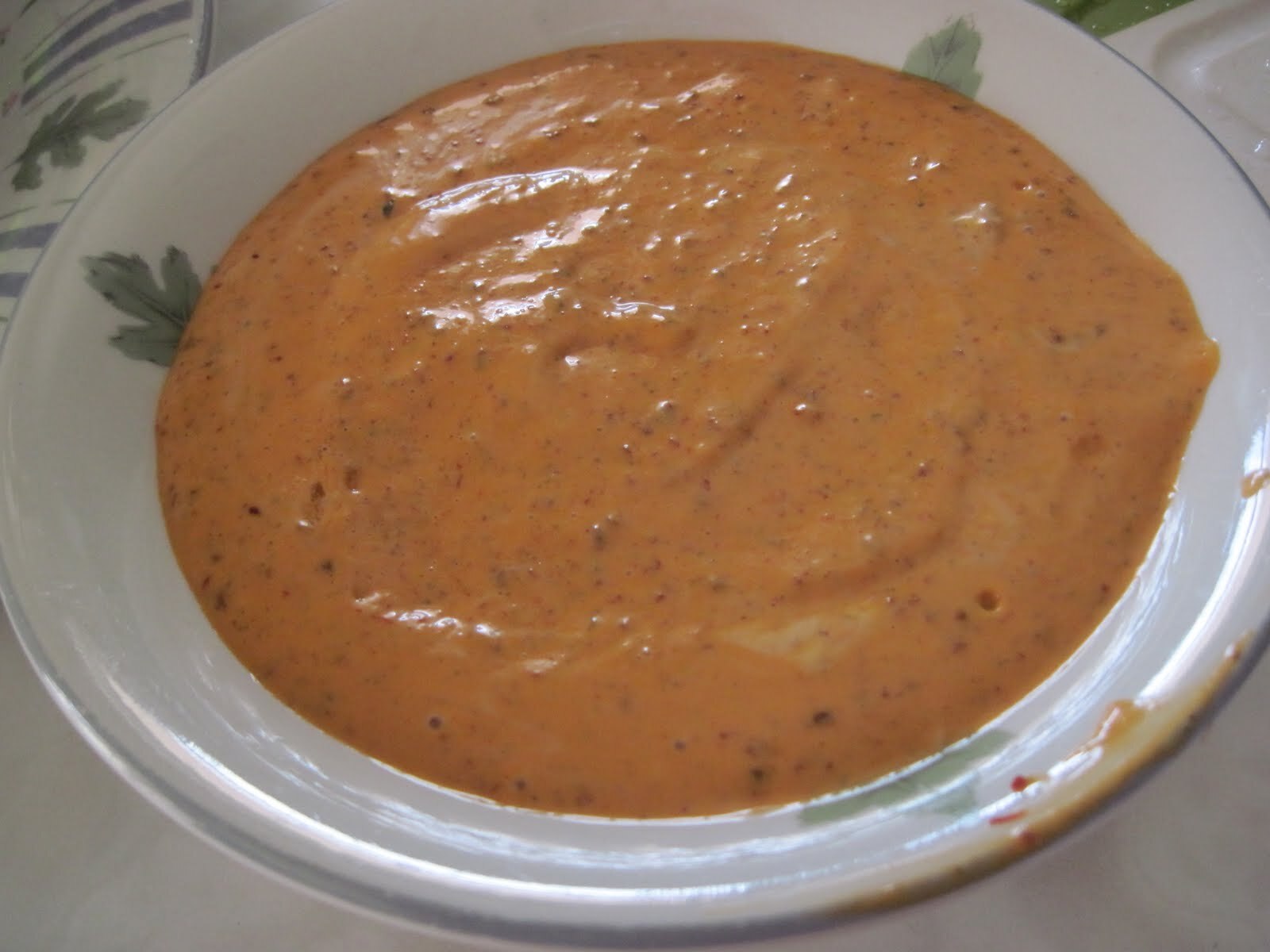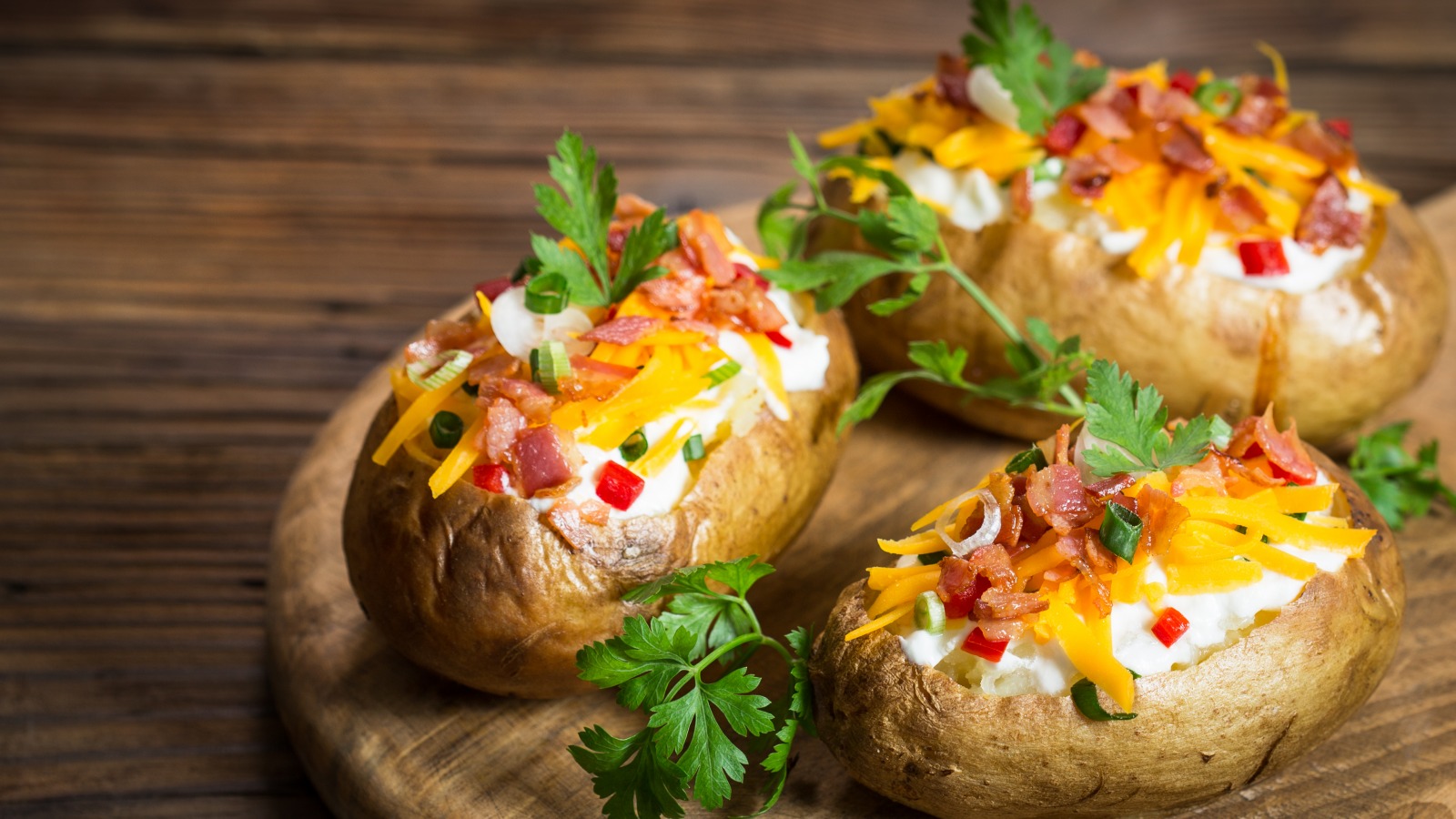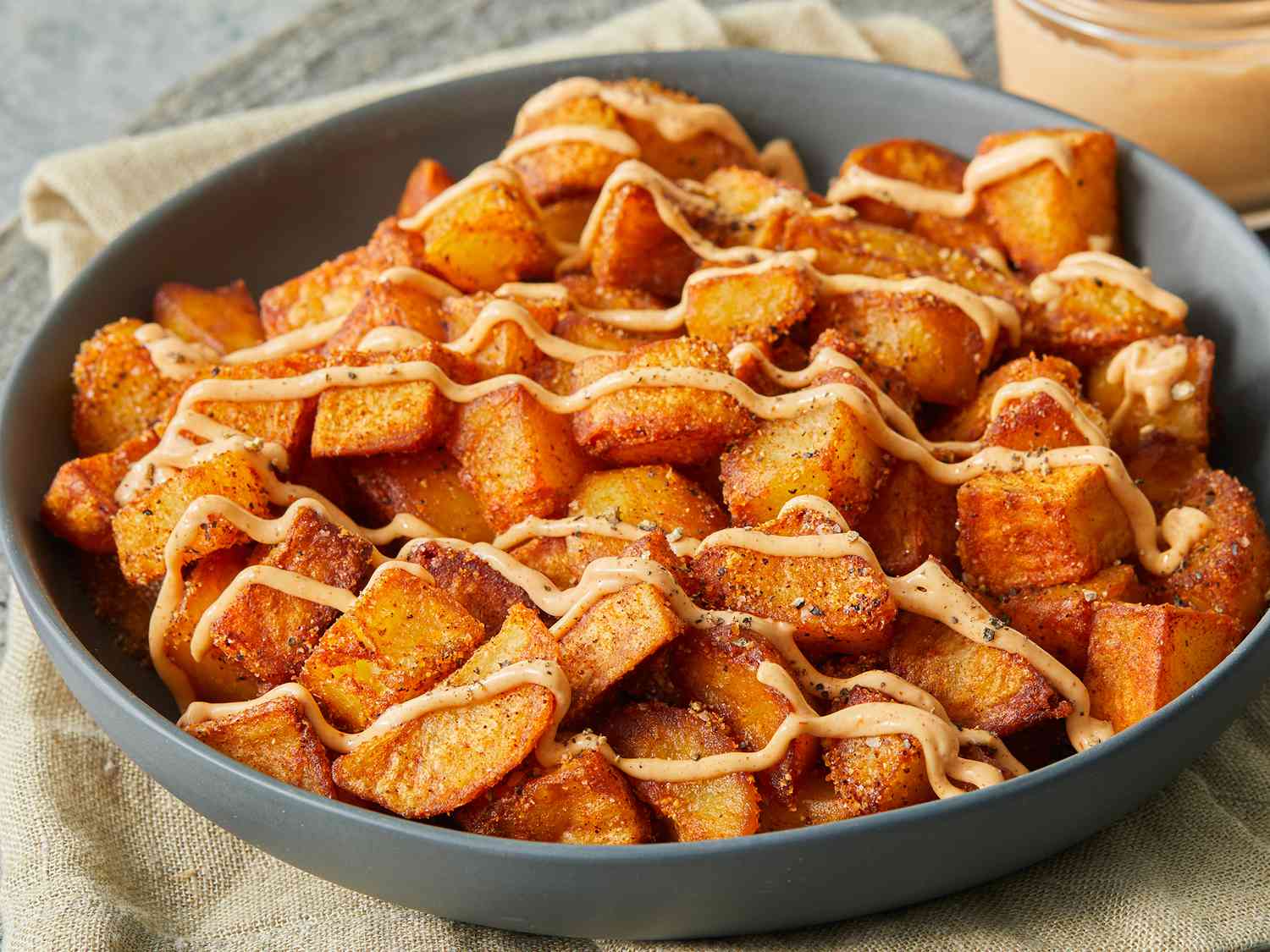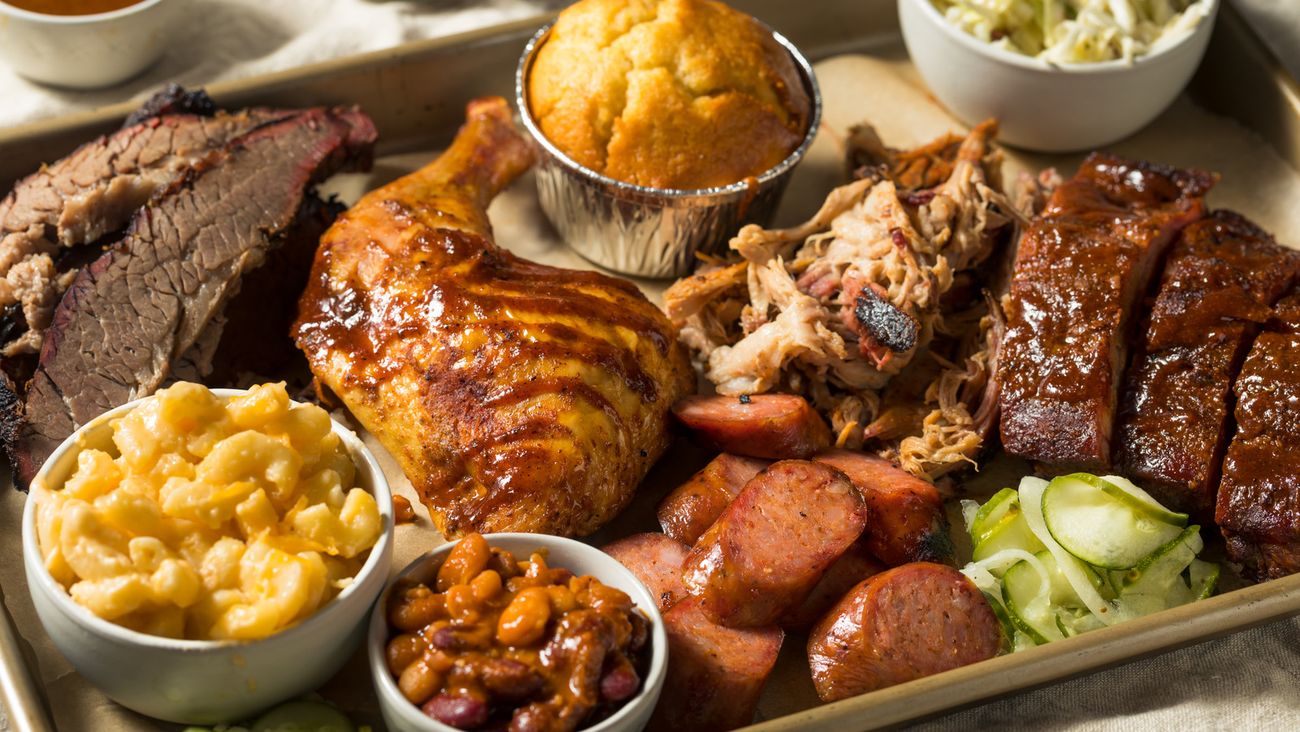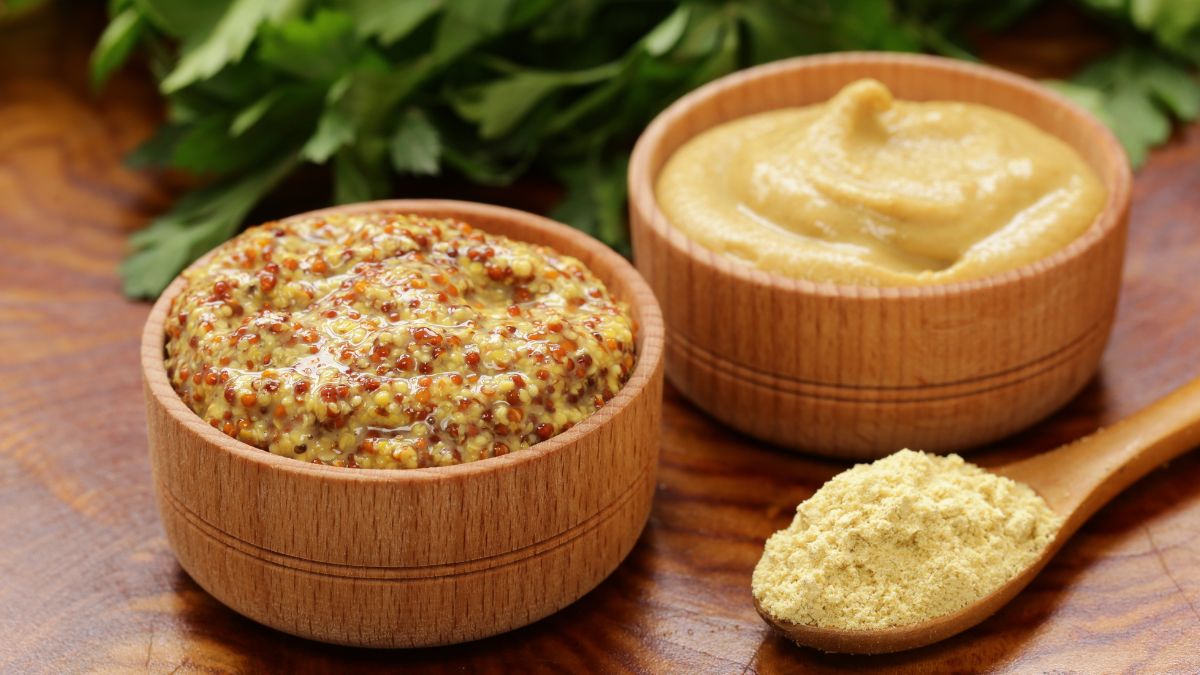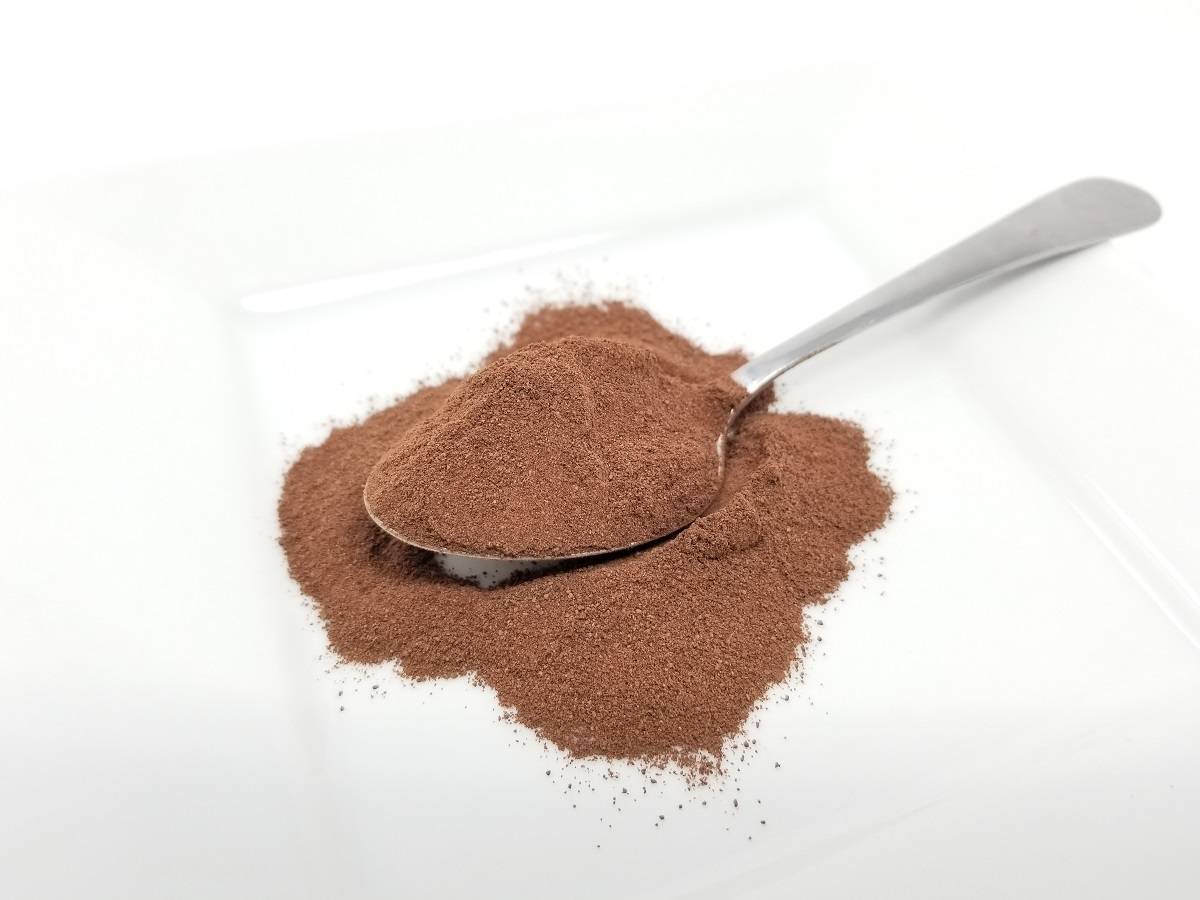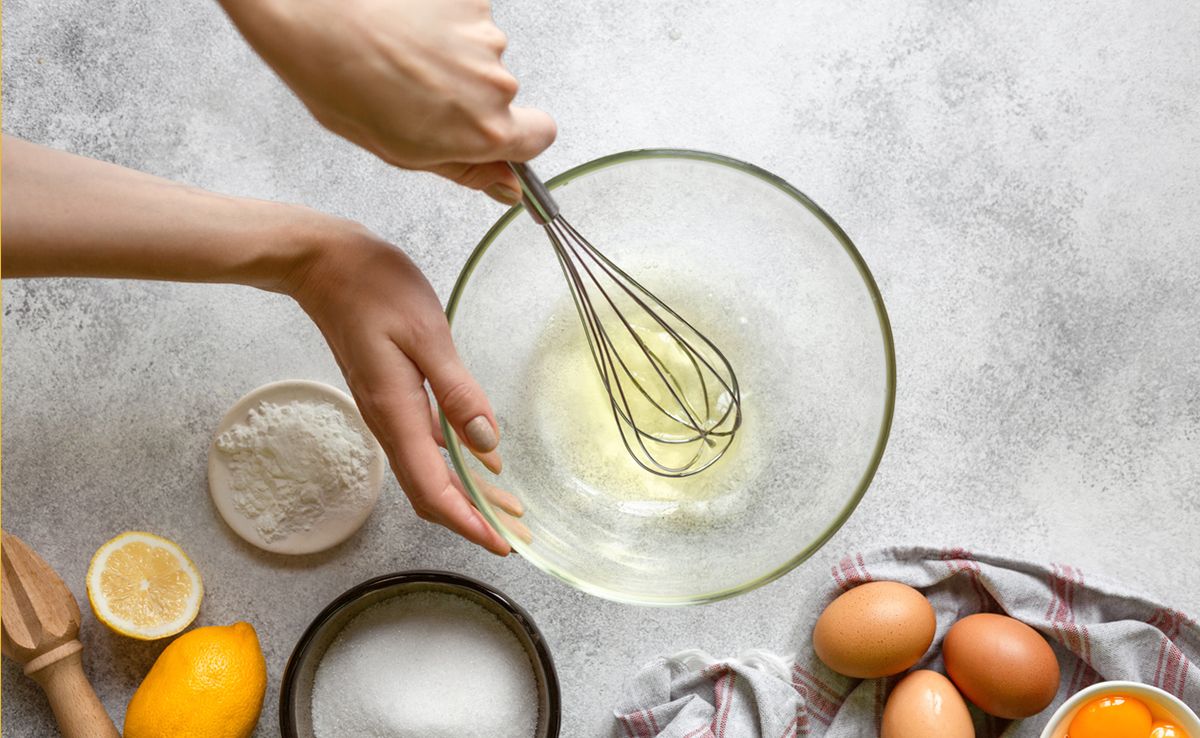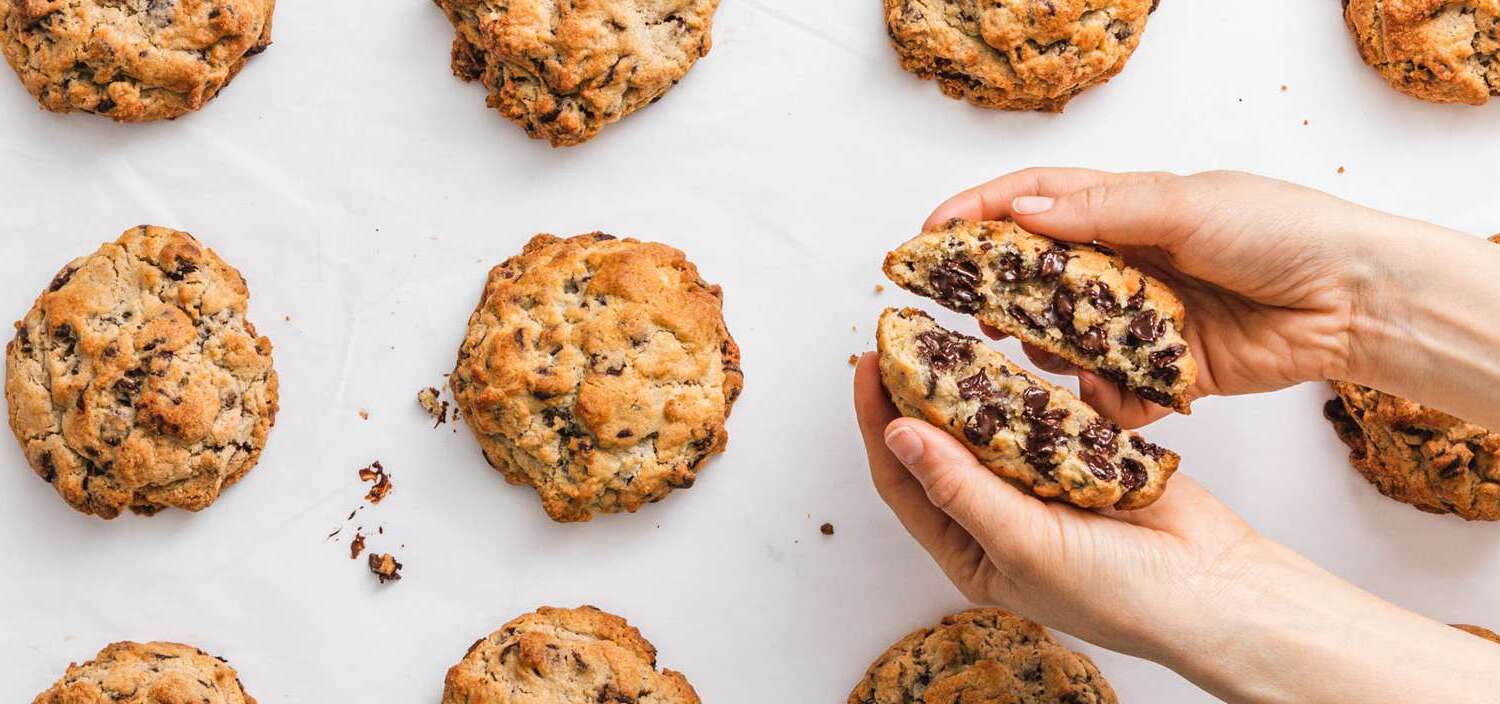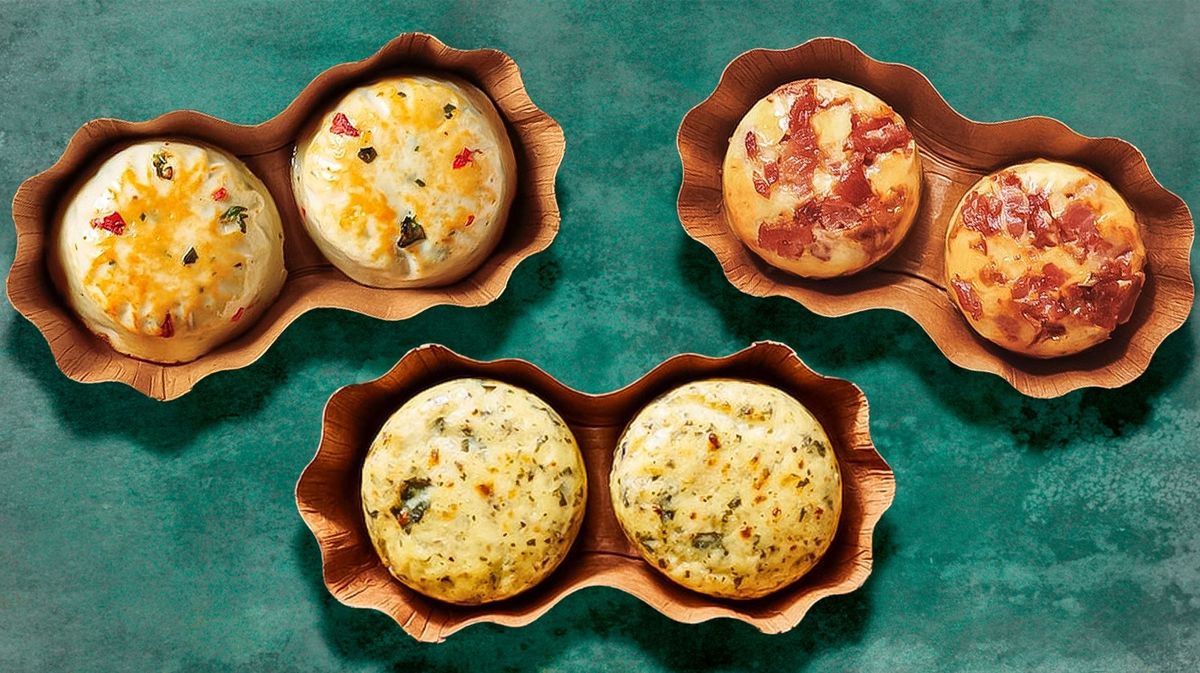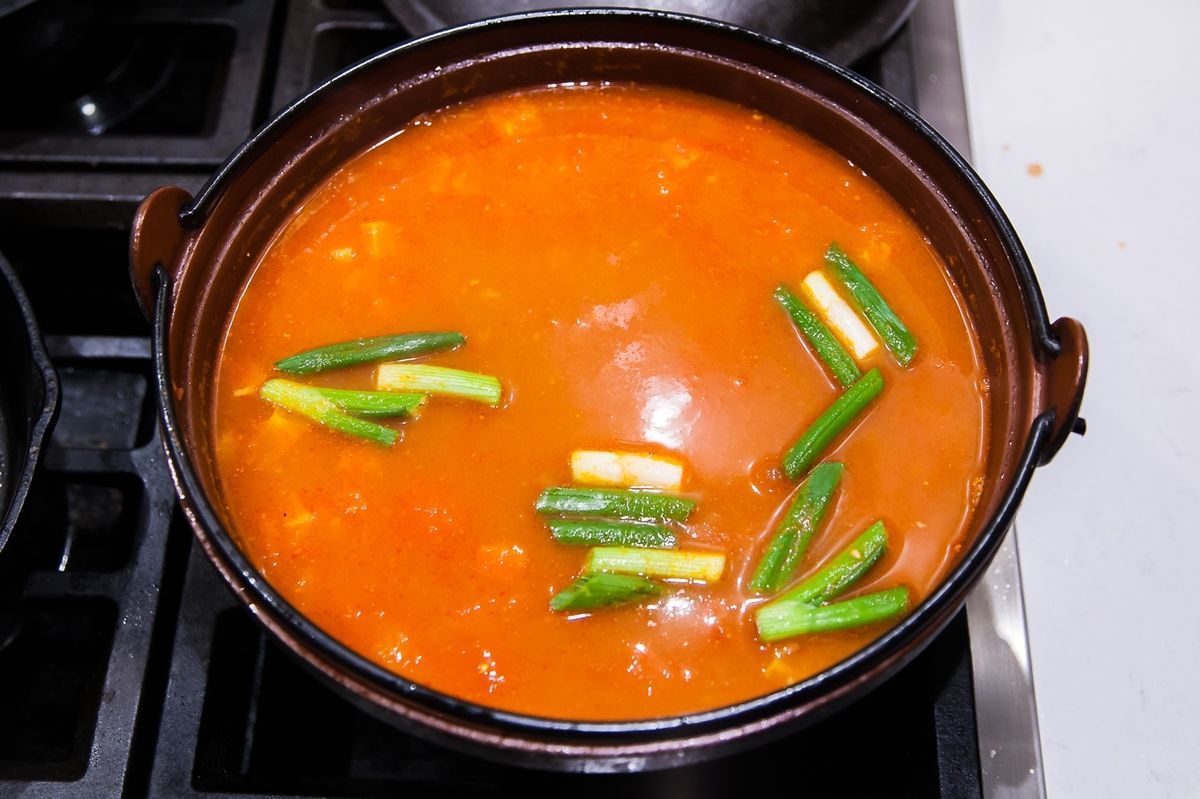Understanding Pumpernickel and Rye Bread
When it comes to bread, there are countless varieties to choose from, each with its own unique flavor and texture. Two popular types of bread that often get confused are pumpernickel and rye. While they may look similar, there are some key differences that set them apart. Let’s take a closer look at what distinguishes pumpernickel from rye bread.
Pumpernickel Bread
Pumpernickel bread is a dense, dark-colored bread that originated in Germany. It is typically made from coarsely ground whole rye grains and is often flavored with molasses or cocoa powder, which gives it its distinct dark color and slightly sweet flavor. Pumpernickel bread is known for its hearty texture and earthy taste, making it a popular choice for sandwiches and hearty spreads.
Rye Bread
Rye bread, on the other hand, is a lighter-colored bread that is also made from rye flour. It can be made from a combination of rye flour and wheat flour, giving it a lighter texture compared to pumpernickel. Rye bread has a slightly tangy flavor and a softer crumb, making it a versatile option for sandwiches, toast, and other culinary uses.
The Key Differences
Now that we understand the basics of pumpernickel and rye bread, let’s delve into the key differences between the two:
- Ingredients: Pumpernickel bread is typically made from coarsely ground whole rye grains and may include additional flavorings like molasses or cocoa powder. Rye bread, on the other hand, can be made from a combination of rye flour and wheat flour, giving it a lighter texture and flavor.
- Color and Flavor: Pumpernickel bread is dark in color and has a slightly sweet, earthy flavor due to the addition of molasses or cocoa powder. Rye bread is lighter in color and has a slightly tangy flavor, characteristic of traditional rye bread.
- Texture: Pumpernickel bread is dense and hearty, with a chewy texture. Rye bread, while still substantial, has a softer crumb and lighter texture compared to pumpernickel.
Which One Should You Choose?
Ultimately, the choice between pumpernickel and rye bread comes down to personal preference and the intended use. If you’re looking for a hearty, flavorful bread to pair with bold sandwich fillings or savory spreads, pumpernickel bread may be the perfect choice. On the other hand, if you prefer a lighter, more versatile bread for sandwiches, toast, or snacking, rye bread is an excellent option.
Both pumpernickel and rye bread have their own unique characteristics and can add depth and flavor to a variety of dishes. Whether you’re a fan of the dense, earthy goodness of pumpernickel or the tangy, lighter texture of rye, there’s a bread out there to satisfy every palate.
In Conclusion
While pumpernickel and rye bread share some similarities, such as their use of rye flour, they each offer a distinct flavor, texture, and appearance. Understanding the differences between these two bread varieties can help you make an informed choice the next time you’re browsing the bakery aisle. Whether you’re craving a hearty, dark loaf or a lighter, tangy slice, both pumpernickel and rye bread have something unique to offer.
Next time you’re in the mood for a delicious sandwich or a slice of toast, consider trying out both pumpernickel and rye bread to experience the delightful nuances of each variety. Happy baking and bon appétit!
Was this page helpful?
Read Next: What Is Squash Drink Called In America?
